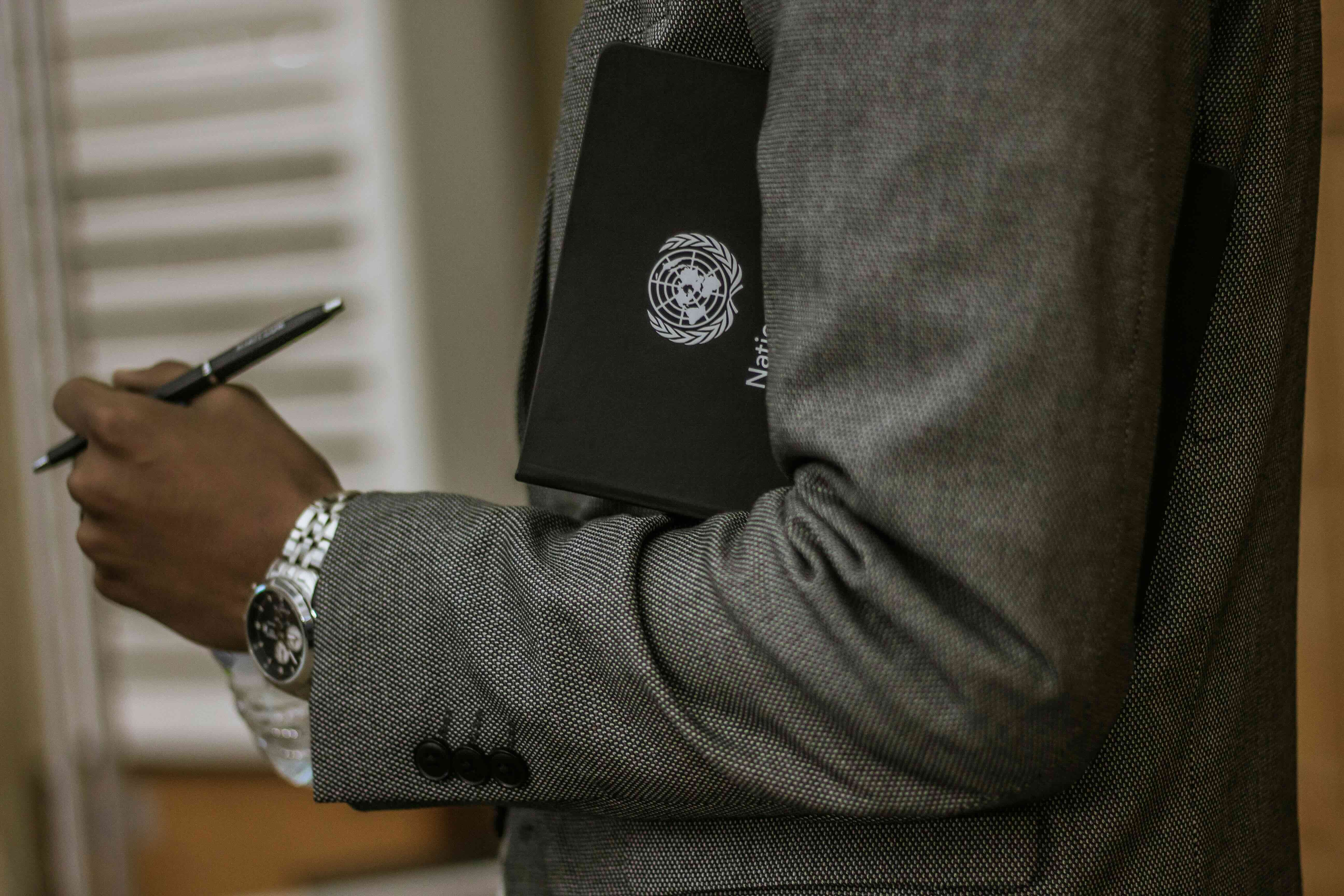
Syllabus Topic
Option 4: Indigenous peoples
Responses to indigenous peoples
intergovernmental organisations
INTRODUCTION
Intergovernmental organisations (IGOs) play a vital role in promoting and protecting Indigenous rights globally. By fostering cooperation within the international community, they address issues like land rights and self-determination, which Indigenous peoples face due to political and social marginalisation. This article will discuss the effectiveness of a variety of IGOs in responding to Indigenous issues.
The International Labour Organisation (ILO) and Indigenous Peoples' Rights
The International Labour Organisation (ILO) aims to promote labour rights, decent employment, social protection, and dialogue on work-related issues. For Indigenous peoples, the ILO plays a crucial role through its Indigenous and Tribal Peoples Convention (No. 169) of 1989, the only international treaty specifically dedicated to their rights. Additionally, the ILO’s Decent Work Agenda, although not specific to Indigenous Peoples, focuses on gender equality and non-discrimination, empowers all people, by providing access to decent work opportunities for all. This approach helps Indigenous men and women become agents of change in poverty reduction, sustainable development, and climate action.
However, the ILO’s approach has its limitations. While 187 nations have signed onto these efforts, there is a notable lack of focus on self-determination. Instead of encouraging Indigenous peoples to pursue self-governance, the ILO places decision-making power in the hands of nation-states. This paternalistic approach undermines Indigenous sovereignty. For example, Article 2 of ILO Convention 169 emphasizes state responsibility but does not mention self-determination. Even the earlier ILO Convention 107, while promoting consultation and consent, still falls short of protecting Indigenous peoples’ ability to make binding decisions regarding their own governance.
The UN Human Rights Council (UNHRC) and Indigenous Peoples' Rights
The United Nations Human Rights Council (UNHRC) aims to strengthen the promotion and protection of human rights globally, addressing violations and providing recommendations. For Indigenous peoples, the UNHRC plays a key role in identifying and investigating breaches of their rights, particularly those affecting racial and ethnic minorities. Through the Office of the United Nations High Commissioner for Human Rights (OHCHR), the UNHRC facilitates dialogue, cooperation, and legislative change at the national level. One of its major initiatives is the Expert Mechanism on the Rights of Indigenous Peoples (EMRIP), which promotes and protects Indigenous rights as outlined in the UN Declaration on the Rights of Indigenous Peoples (UNDRIP). EMRIP provides the UNHRC with thematic expertise on Indigenous issues.
While the UNHRC takes a proactive stance, offering research, advisory, and legislative support to promote self-determination, its impact is somewhat limited by its advisory nature. Clashes with state sovereignty often prevent the Council from enforcing binding measures, meaning its recommendations are subject to the will of individual nations.
The International Centre for the Study of the Preservation and Restoration of Cultural Property (ICCROM) and Indigenous Peoples' Rights
The International Centre for the Study of the Preservation and Restoration of Cultural Property (ICCROM) is dedicated to conserving cultural heritage worldwide. Its mission is to equip member states with the tools, knowledge, and skills needed to preserve cultural heritage in all its forms. By doing so, ICCROM contributes to the environmental, social, and economic sustainability of communities globally.
For Indigenous peoples, ICCROM’s work extends to research, advisory services, and on-the-ground conservation efforts. By promoting cultural heritage conservation, ICCROM helps protect sites that are sacred to Indigenous peoples, facilitating greater access to their ancestral lands. ICCROM mobilises expertise to address pressing conservation issues, providing training and resources to build a stronger professional community focused on heritage preservation.
However, limitations exist in ICCROM’s paternalistic approach, as nation-states hold the primary decision-making power regarding what is in the best interest of their state. This often undermines Indigenous self-determination and governance. While ICCROM’s framework is highly engaged with 137 member-states and promotes land access and heritage protection, its focus is less on Indigenous rights and more on encouraging nation-states to act on behalf of these communities. This leaves Indigenous peoples with limited decision-making power regarding their own heritage and cultural sites.
SOURCES
ILO: About the ILO
OHCHR: The ILO and Indigenous and Tribal Peoples
ILO: Decent Work
ILO: C169 - Indigenous and Tribal Peoples Convention, 1989 (No. 169)
British Columbia University: ILO Convention 107
OHCHR: Welcome to the Human Rights Council
OHCHR: The role of the High Commissioner for Human Rights
OHCHR: Expert Mechanism on the Rights of Indigenous Peoples
UN: UNDRIP
ICCROM: What is ICCROM